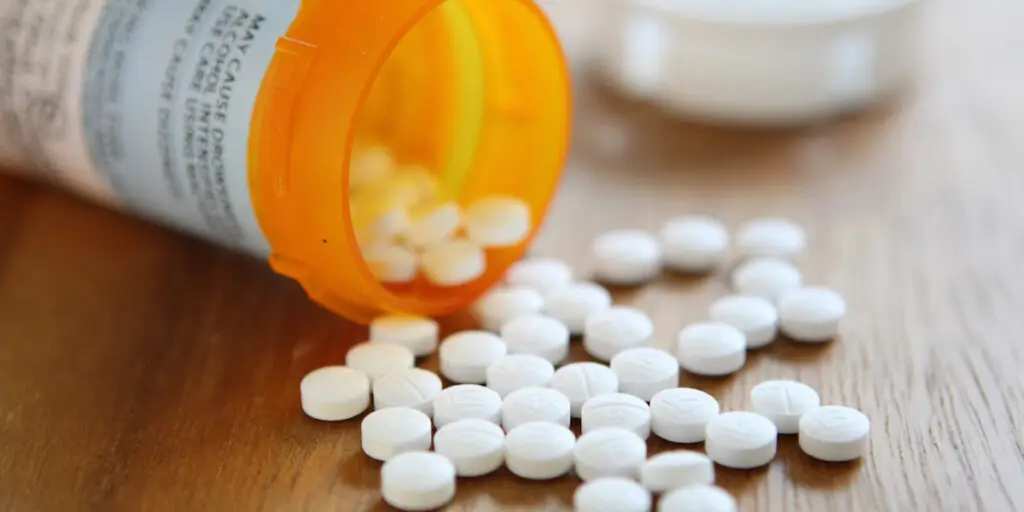The following is excerpted from an online article posted by MedicalXpress.
Researchers have identified a strong association between prevalence of prescription stimulant therapy for attention-deficit/hyperactivity disorder (ADHD) and rates of prescription stimulant misuse (taken in a way other than as directed by a clinician) by students in middle and high schools.
The study, which appeared in JAMA Network Open, highlights the need for assessments and education in schools and communities to prevent medication-sharing among teens. This is especially important considering non-medical use of prescription stimulants among teens remains more prevalent than misuse of any other prescription drug, including opioids and benzodiazepines.
Supported by the National Institute on Drug Abuse (NIDA) at the National Institutes of Health and the U.S. Food and Drug Administration, the study used data collected between 2005 and 2020 by the Monitoring the Future (MTF) study.
“The drug supply has rapidly changed, and what looks like medications—bought online or shared among friends or family members—can contain fentanyl or other potent illicit substances that can result in overdoses. It’s important to raise awareness of these new risks for teens,” said NIDA Director Nora Volkow, M.D.
Researchers at the University of Michigan examined both school- and individual-level characteristics associated with prescription stimulant misuse. Across 231,141 student participants surveyed at 3,284 secondary schools, the school-level prevalence of nonmedical use varied from 0% to over 25% of students. Schools with a greater number of students (12% or higher) reporting prescription stimulant therapy for ADHD tended to have the highest percentages of their student body reporting prescription stimulant misuse (8% of total student body). By comparison, schools with fewer students (0 to 6% of student body) reporting stimulant therapy for ADHD were associated with lower rates of prescription stimulant misuse (4 to 5% of student body).
“The key takeaway here is not that we need to lessen prescribing of stimulants for students who need them, but that we need better ways to store, monitor, and screen for stimulant access and use among youth to prevent misuse,” said study author Sean Esteban McCabe, Ph.D.
Source: MedicalXpress
https://medicalxpress.com/news/2023-04-school-prevalence-therapy-adhd-higher.html



